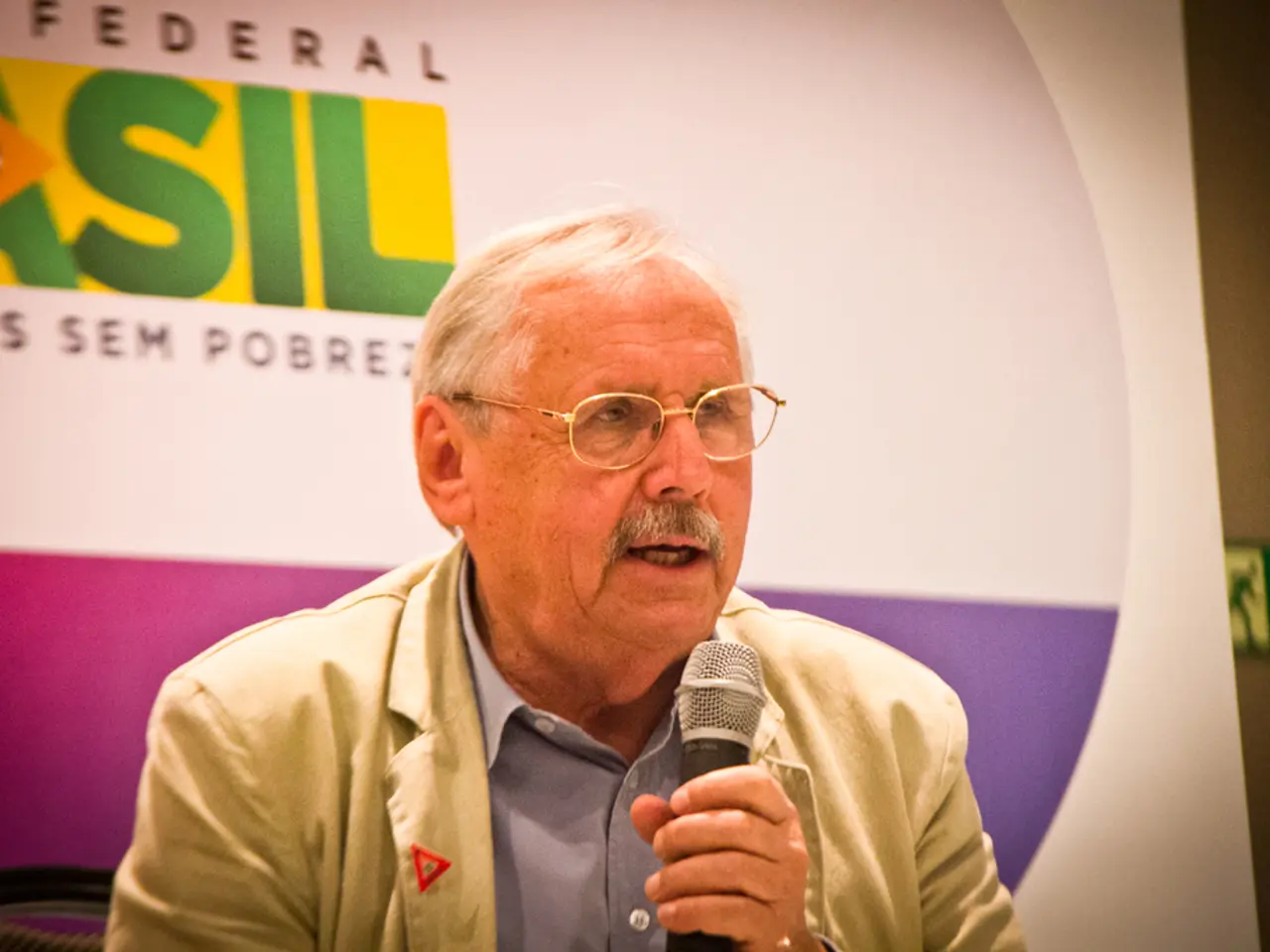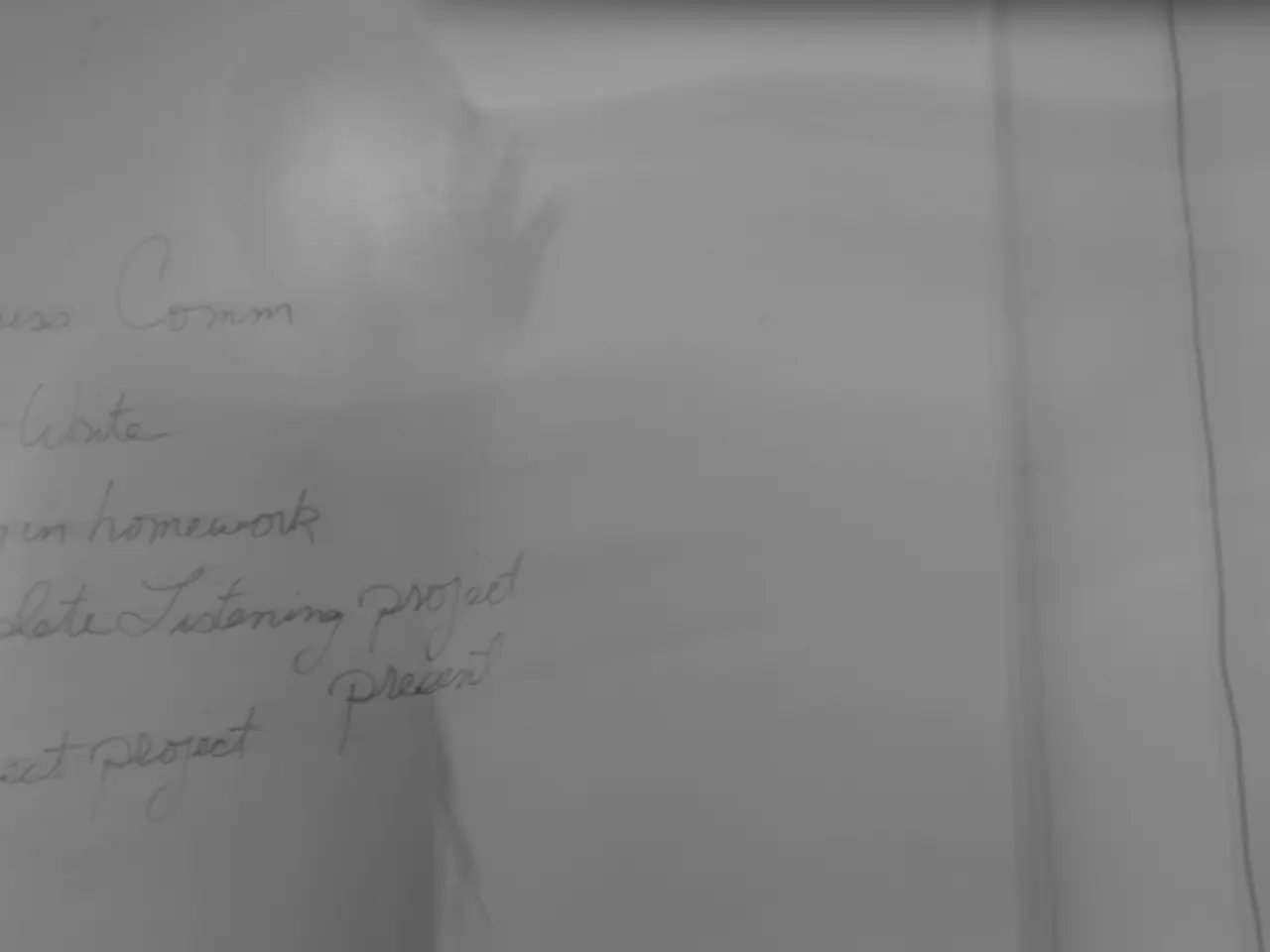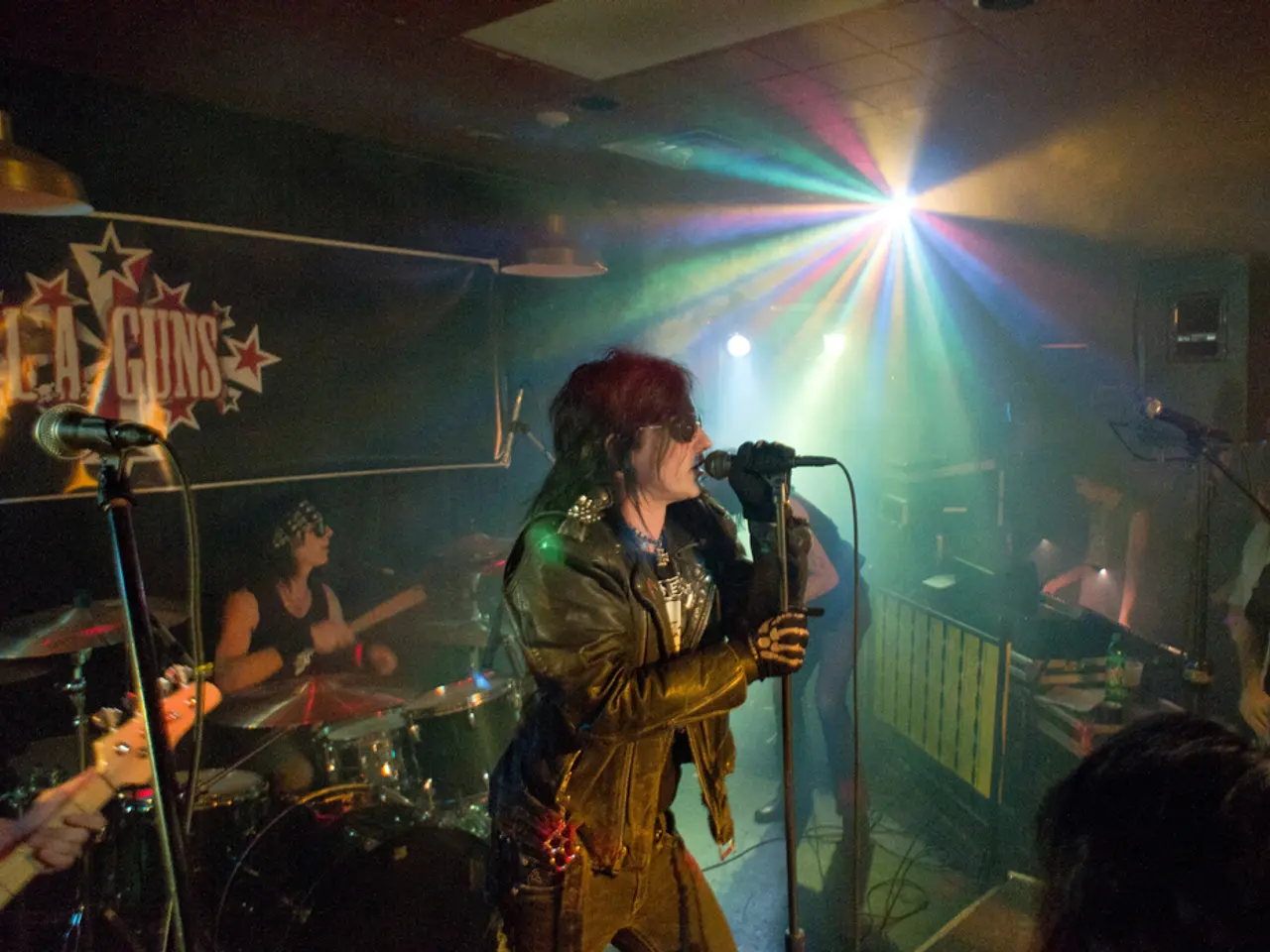Minister Willingmann unveils €9.3 million subsidy for energy-efficient sewage treatment facility in Karsdorf
The Water and Wastewater Association Saale-Unstrut-Finne (WAV) is embarking on a significant project to future-proof the Karsdorf wastewater treatment plant, with financial support from the Ministry of the Environment. This initiative is set to make the plant a flagship for energy-efficient and potentially energy self-sufficient water treatment.
The project, a collaboration with partners from science, authorities, and industry, aims to improve water protection and meet the requirements of the EU Urban Wastewater Directive for municipal wastewater treatment plants, which come into force at the beginning of 2025.
The investment, totalling around 22.5 million euros, includes energy optimization and the construction of a photovoltaic open-space plant with 1,700 modules and 950 kilowatt peak power. This solar installation is expected to significantly enhance the plant’s energy efficiency and sustainability.
The energy savings from the project are anticipated to have a positive effect on operating costs, benefiting the people and companies in the region. The focus of the investment is the process technological conversion of the biological wastewater treatment of the plant from aerobic to anaerobic sludge stabilization.
The energy optimization measures involve reducing energy consumption by upgrading equipment to energy-efficient models and optimizing operational schedules. Process optimization ensures less wasted energy, allowing the plant to run more efficiently while maintaining high treatment standards. Energy recovery, such as capturing biogas from anaerobic digestion of sludge, will further reduce reliance on external power.
The photovoltaic open-space plant captures solar energy on-site, generating electricity directly where it is consumed. This reduces purchasing electricity from the grid, cutting costs and carbon emissions. Solar production during daylight hours often aligns well with high energy demands, thus offsetting energy use when it is most needed. The PV plant can be sized to cover a substantial portion of the plant’s energy consumption, and when combined with energy storage systems, it enables stable energy supply even during non-sunny periods.
The project development is an important step for the Water and Wastewater Association Saale-Unstrut-Finne, and the benefits of the project are expected to be felt by citizens and companies in the western Burgenlandkreis in the coming years. Minister Prof. Dr. Armin Willingmann describes the investment as "visionary".
Dr. Michael List, Association CEO, thanks the Ministry of the Environment and the State Administration Office for their financial and technical support in the project. The wastewater treatment plant could potentially become energy self-sufficient with the addition of a battery storage system, and the new combined heat and power plant is expected to generate around 37% of the electricity needed to operate the wastewater treatment plant in the future.
- This collaborative project with partners from science, authorities, and industry aims to not only future-proof the Karsdorf wastewater treatment plant but also improve water protection and align with the EU Urban Wastewater Directive's requirements.
- The significant enhancement of the plant’s energy efficiency and sustainability, made possible by energy optimization measures, the construction of a photovoltaic open-space plant, and energy recovery techniques, is expected to benefit both the people and companies in the region with lower operating costs and reduced carbon emissions.





